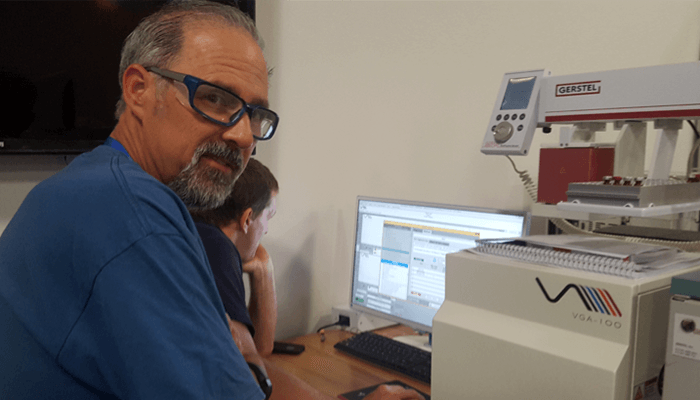
>50% of respondents would consider an alternative method with a reduction of 10–30 mins in chromatography runtime/analysis time.
Jack says...
“From this result, I’d say that people have become more moderate in their thinking than I would expect. Chromatographers have spent a lot of time over the years talking about how we were going to employ 0.1 mm ID (0.1 µm film thickness) columns to do everything ten times faster. But that’s just not realistic from a sample loading capacity standpoint. When it comes to runtimes, I believe it is often possible to reduce them 2–4x or more with the technology we have; for the most part, we’re not flow limited and nor are we isomer co-elution (or other co-elution) limited because of the uniqueness of VUV absorbance spectra.
“Going back to the method for methanol and ethanol in transformer oil, we actually went up to 8 ml/min carrier gas flow to shorten the runtime – but that meant the GC was actually waiting for autosampler headspace equilibration. At that point, it doesn’t make sense so we backed off to 4 ml/min, which is still much too high for most mass spectrometers. Not only did the higher flow allow us to reduce runtime, but it increased detectability because we could take the split ratio down to as low as 2.5. As a chromatographer who looks at these things in detail, that’s extremely exciting to me. Given the many advantages of increased flow, it will be a strong focus for us.”
>68% of respondents found that differentiation of isomers was a significant time burden.
Jack says...
“The first thing I would say is that the potential to separate positional isomers by their VUV absorbance spectra is way higher than with mass spectrometry, which almost always yields essentially the same mass spectra. The mass-to-charge peak heights and ratios may be different, but overlap of ions is inevitable, meaning that deconvolution is not possible. Numerous papers show the utility of VUV when it comes to isomers; Schug’s group published a great paper on deconvolution of dimethylnaphthalene isomers, for example (1).
“Terpenes and turpentines are challenging from a co-elution perspective simply because there are so many of them. And where previously we might need to use a less thermally stable but more selective GC phase in the hope of separating them, we can now turn to the detector for selectivity and use more robust columns. That’s a huge mindset change for me – but one that I am enthusiastically adopting! Of course, you could always keep your selective column and gain from compressing the chromatography...”
37% of respondents spend 10–30 min/sample on interpreting data and reviewing results
Jack says...
“People considering VUV spectroscopy may be concerned about data review with an unfamiliar technique. Consider the ASTM D8071 method, where data processing really is almost fully automated. In brief, retention index values are being used in the background for peak finding and so the detector cruises along finding the appropriate compound of interest for spectral library matching; time-interval deconvolution and absorbance responses are automatically tied into response factors that have been generated for each compound class – and you get presented with a report at the end. Each application is different, but a similar approach could be applied to any sample using our VUV Analyze tool. And if you’ve optimized your runtime by compressing the chromatography, wouldn’t it be kind of silly to immediately lose the time saved on data review? We want to reduce that burden.”
76% of respondents use mass spectrometry
3% of respondents use VUV spectroscopy
Jack says..
“Oh – that’s easy to comment on... Both numbers should clearly be closer to 100 percent! And we’ll be developing more and more real-world applications to convince people about that from a VUV spectroscopy point of view...”
*Results come from a short survey of 91 readers working with applications in agriculture, chemicals, environmental, food/beverage, forensics/toxicology, life science/clinical, materials, natural products, petrochemical, and pharmaceutical sectors.
References
- J Schenk et al, “Analysis and deconvolution of dimethylnaphthalene isomers using gas chromatography vacuum ultraviolet spectroscopy and theoretical computations”, Anal Chim Acta 945, 1–8 (2016).

